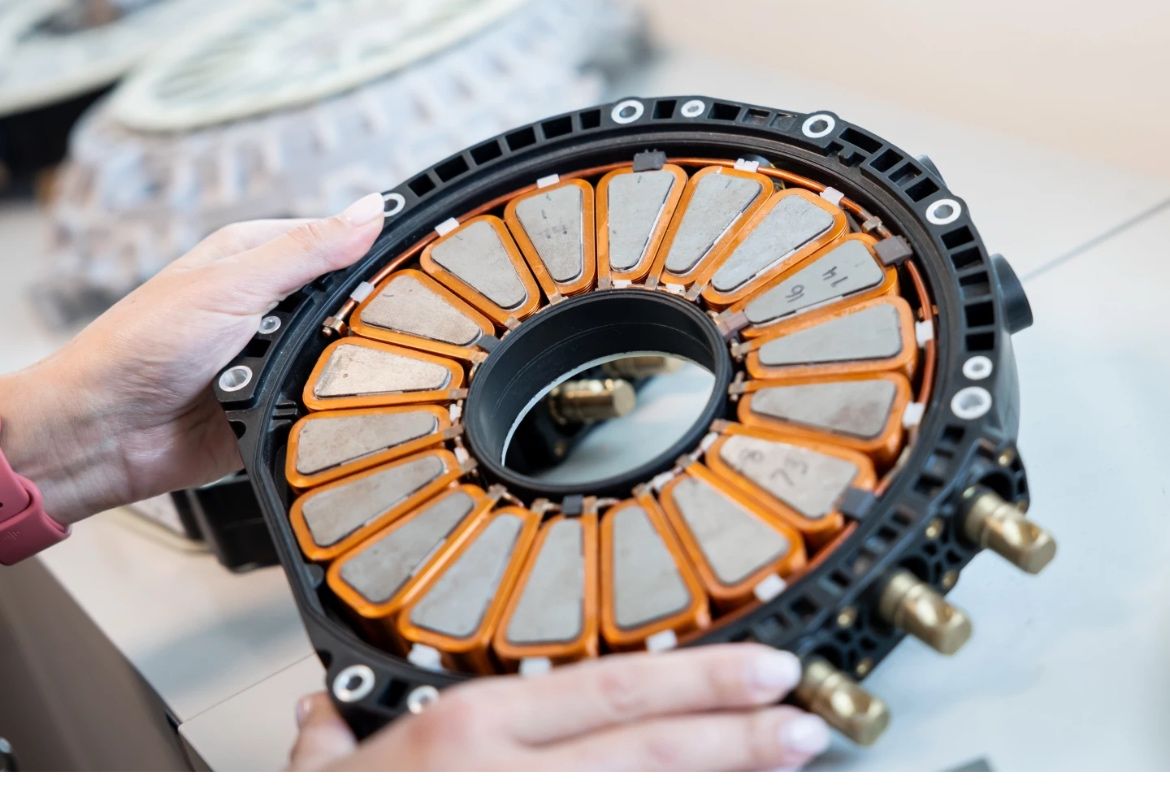The global electric vehicle market is moving at lightning speed with breakthroughs in battery technology, charging infrastructure and vehicle design defining this new era of mobility. But every now and then a development emerges that has the potential to reshape the industry at its very core. Such is the case with YASA a UK-based electric motor company owned by Mercedes-Benz which has revealed a prototype axial flux motor that delivers 550 kW of power roughly 738 horsepower while weighing only 13.1 kilograms. This equates to an astonishing power density of 42 kW per kilogram more than double the benchmark achieved by the most advanced motors currently in production. In a world where efficiency, weight and performance define success this is a breakthrough that could mark a turning point in how electric vehicles are designed and built.
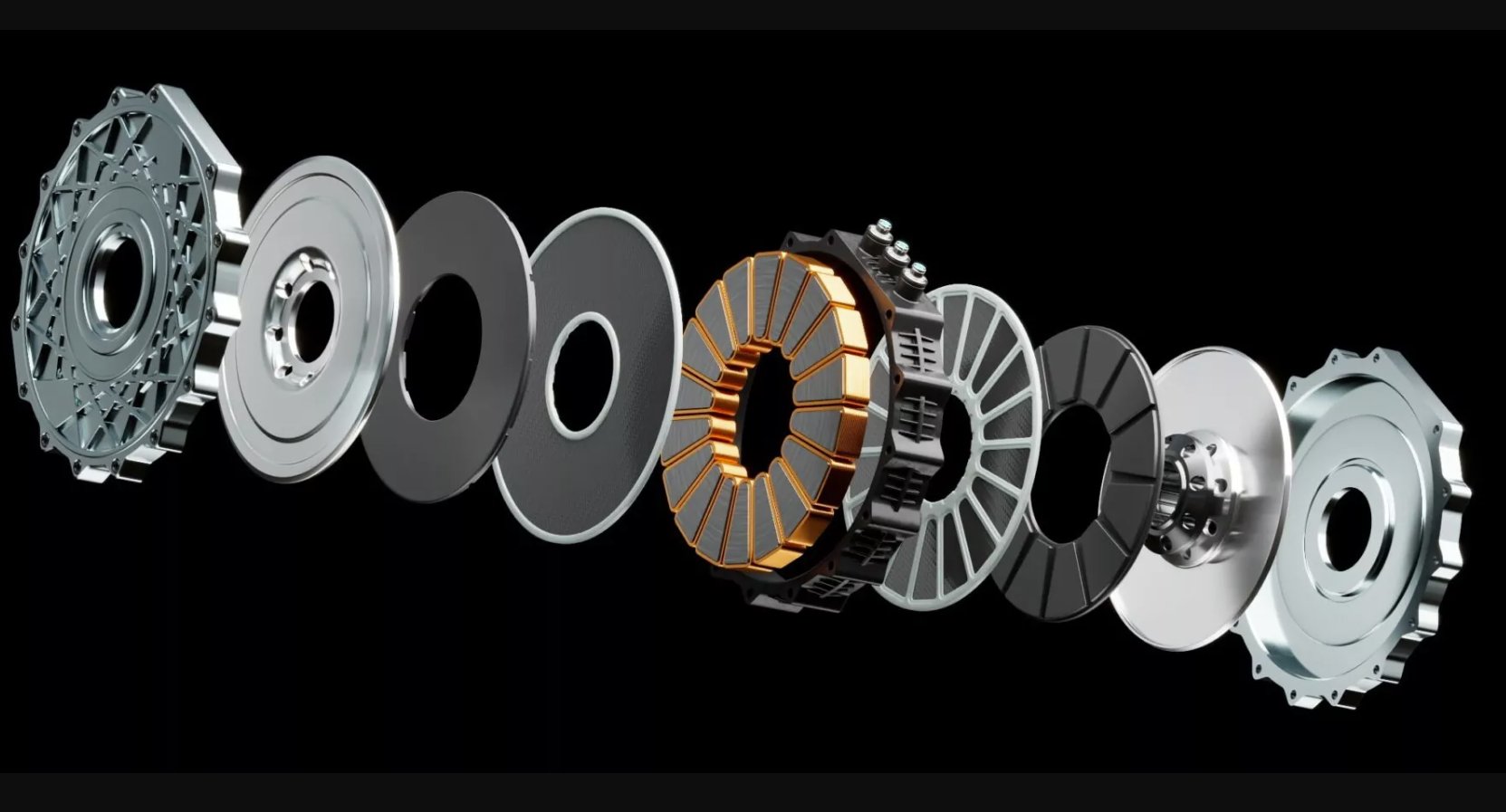
To understand why this matters. it is important to look beyond the raw numbers. Traditional EV motors known as radial flux motors channel magnetic flux from the center outward. This design has served the industry well but it has its limits in terms of size, efficiency and thermal management. YASA’s axial flux design reimagines the flow of magnetic energy running it along the axis of the motor. The effect is transformative shorter magnetic paths that reduce energy loss, higher torque density, improved cooling capabilities and most importantly drastically lower weight without sacrificing performance. In other words axial flux motors can achieve what radial flux motors cannot greater power in a smaller, lighter and more efficient package.
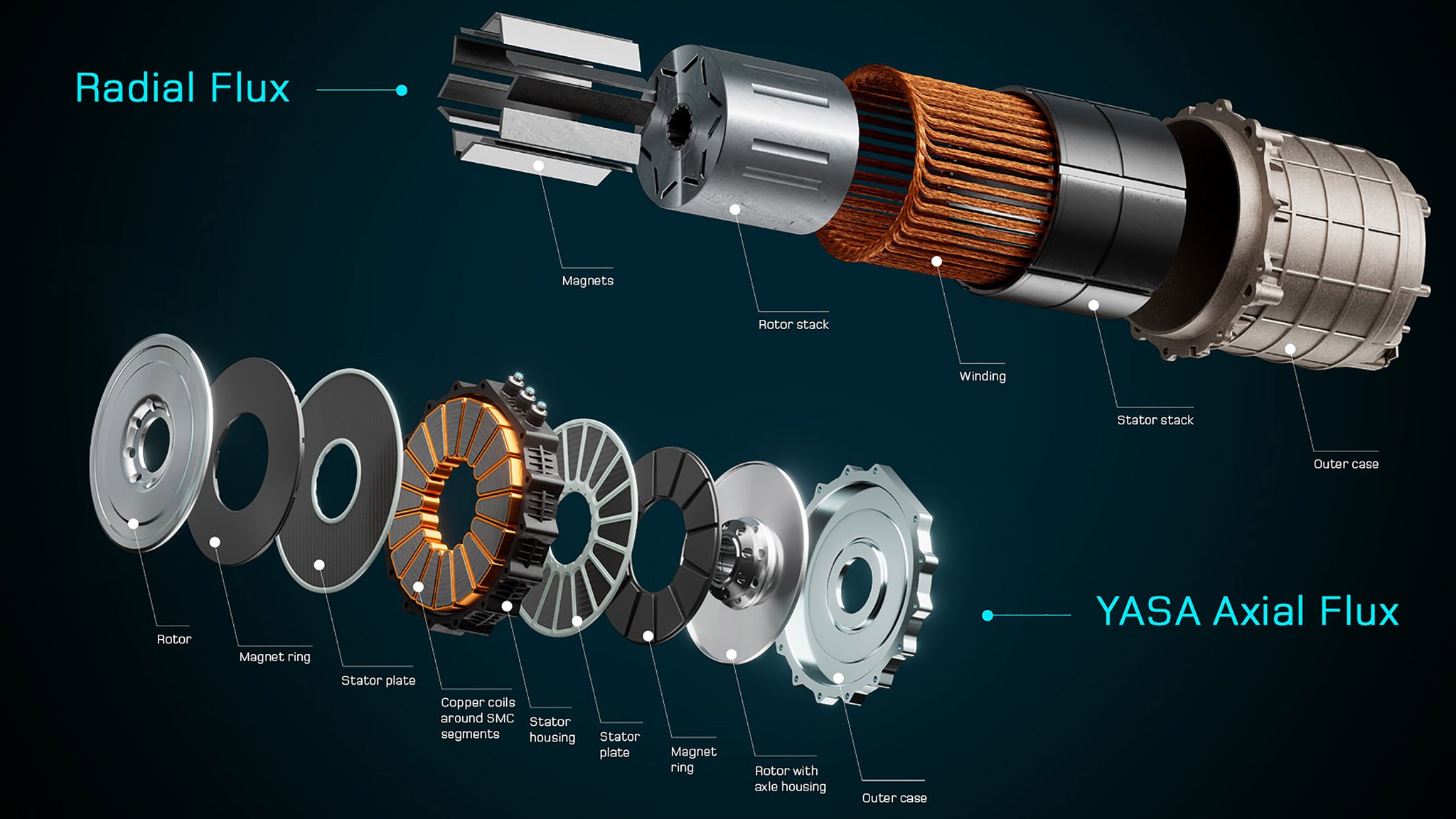
The numbers speak for themselves. Most radial flux EV motors deliver between 8 and 15 kW per kilogram. Even aerospace-grade motors built for lightweight applications in electric aircraft rarely exceed 20 kW per kilogram. YASA’s 42 kW/kg prototype doesn’t just nudge the industry forward it launches it into a new era. What makes this achievement even more impressive is that it was accomplished without relying on exotic materials or experimental manufacturing techniques. The prototype avoids costly alloys, specialized laminations or 3D-printed components. which means that it is not just a laboratory stunt but a pathway to scalable production.
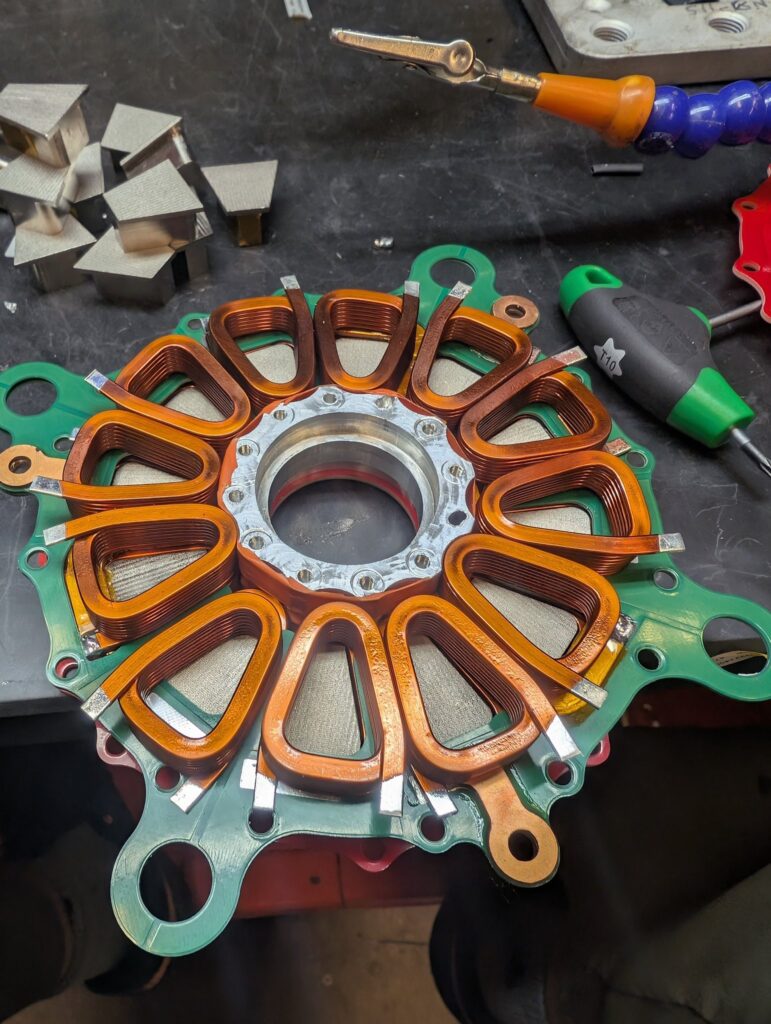
For Mercedes-Benz and its AMG performance division this innovation could not have come at a better time. Since acquiring YASA in 2021 Mercedes has been clear about its ambition to redefine the electric performance car. The AMG.EA platform which will underpin the brand’s upcoming electric sports cars is expected to leverage YASA’s axial flux technology as its center piece. The appeal is obvious Compared with conventional radial flux motors. YASA’s design offers three times the power density, two-thirds less weight and one-third less packaging volume. For AMG a brand built on lightweight engineering and raw performance the technology promises to maintain its identity in the all-electric age. The motor is already proving itself in some of the world’s most demanding vehicles with Ferrari and Lamborghini integrating YASA’s axial flux systems into their flagship supercars.
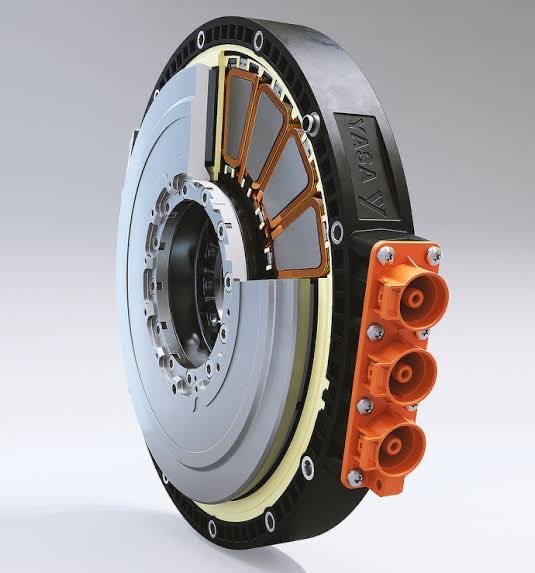
The implications extend well beyond high-performance luxury cars. If YASA can scale production axial flux motors could change the economics of mainstream EVs as well. A lighter motor allows manufacturers to reduce the size of the battery pack without compromising range, lowering both the cost and weight of the vehicle. For mass-market electric cars this could be the difference between affordability and exclusivity. Commercial fleets also stand to benefit. Delivery vans, buses and trucks depend on maximizing payload while minimizing energy consumption. Swapping heavy radial flux motors for lightweight axial flux designs could directly translate into higher efficiency, greater range and improved profitability. And while YASA is focused on automotive applications today the aviation and marine industries are watching closely. For EVTOL aircraft and electric boats power density is everything and YASA has just set a new benchmark.
Of course, challenges remain. The prototype has demonstrated the ability to sustain an 850-amp load for five seconds, which is impressive but long-duration performance and real-world testing must still be validated. Scaling to mass production is another hurdle.
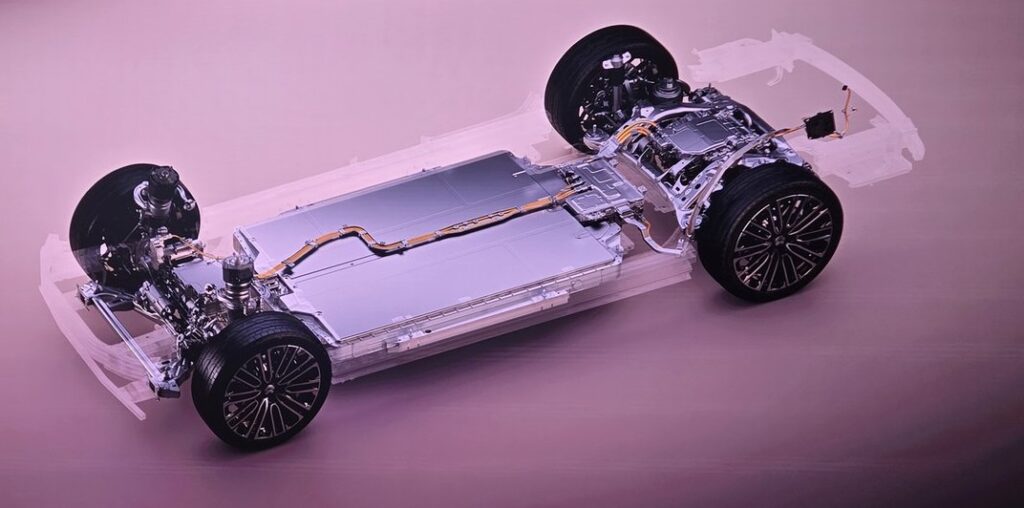
Even with a target of 10,000 to 50,000 units per year supply chains will need to adapt to this new architecture and manufacturing lines must be retooled. Costs are also likely to remain high in the early stages confining the first wave of vehicles to premium segments before economies of scale bring prices down. Still, these obstacles are hardly unique to YASA. Every transformative technology in the EV space from lithium-ion batteries to silicon carbide inverters has faced similar skepticism before eventually becoming mainstream.
The broader industry context makes this breakthrough even more significant. Tesla long seen as the gold standard in EV motor efficiency currently achieves around 12 kW/kg with its radial flux units. Lucid Motors known for its innovative compact drive units still operates at less than half of YASA’s figure. Chinese giants like BYD which are scaling aggressively in the mass market also rely on conventional motor designs. YASA’s leap to 42 kW/kg raises the bar so high that competitors will be forced to respond. Whether that means developing their own axial flux systems or investing in alternative architectures the pressure is now on. In the race to define the next generation of EVs power density has become the new battleground.
Looking ahead, it is worth considering what this means for the timeline of EV adoption worldwide. The 2020s have been dominated by advances in battery technology from solid-state prototypes to cost reductions in lithium-ion packs. Yet batteries alone cannot dictate the future. The efficiency of the entire drive system, including the motor, inverter and cooling mechanisms is just as critical. By making motors lighter, smaller, and more powerful. YASA has provided a pathway to unlock the full potential of current and future battery chemistries. In practical terms this could accelerate the timeline for affordable long-range EVs broaden the appeal of performance electric cars and expand electrification into new categories like aviation.
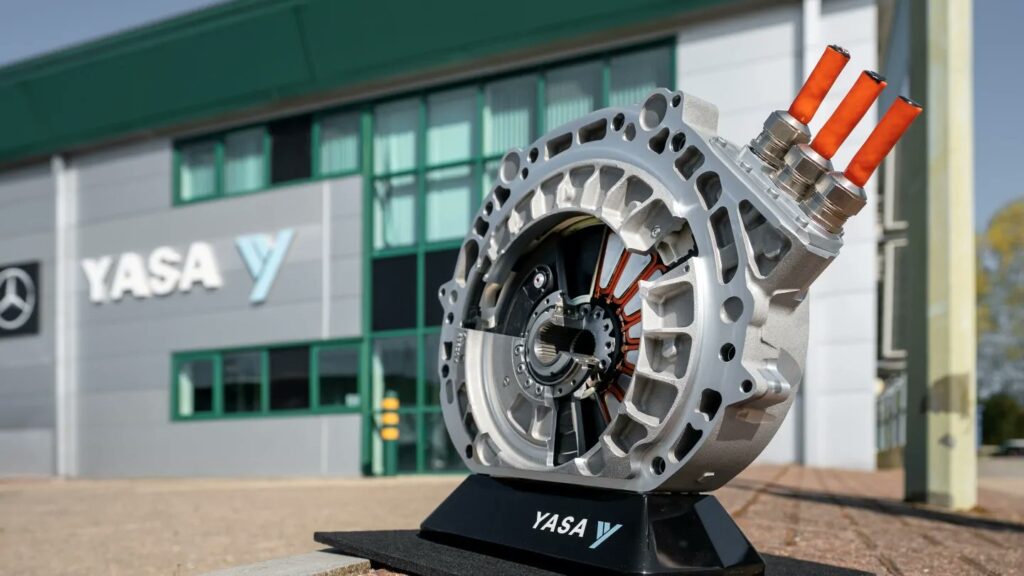
The story of YASA’s motor is not just about engineering. It is also a story about strategic vision. Mercedes-Benz often criticized for being late to the EV game now holds a technological advantage that even Tesla does not yet possess. By integrating YASA into AMG’s DNA Mercedes is signaling that performance and sustainability need not be at odds. Instead, they can coexist, creating a future where the thrill of driving and the responsibility of reducing emissions are perfectly aligned.
For the global EV market this could be a Ford Model T moment. Just as Henry Ford redefined the automobile by making it lighter, cheaper and more accessible to the masses. YASA’s axial flux motor has the potential to redefine the electric vehicle by making it lighter, more powerful and more efficient. Whether this will usher in a wholesale industry shift remains to be seen but one thing is certain the rules of the game have changed.
The decade ahead will determine whether axial flux motors become the standard or remain a specialized solution for high-performance cars. But with Mercedes-AMG preparing to roll out production vehicles equipped with this technology and with global automakers now forced to respond the trajectory is clear. Electric motors often overshadowed by battery headlines have just taken center stage. If the 2020s belong to the battery the 2030s may well belong to the motor.
At EVCarBazaar we will continue to follow this story closely tracking ,how YASA scales production ,how AMG integrates axial flux into its future lineup and how rivals adapt to this new paradigm. For now, the message is simple the future of EV performance has arrived and it weighs just 13 kilograms.


